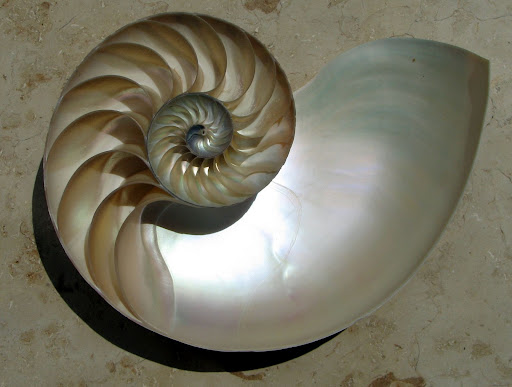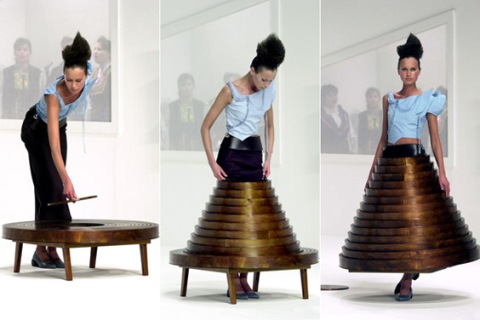


I found the Golden ratio quite hard to get my head around and understand at first, but when I did I found it fascinating! Especially how it is constantly being found within nature, because of this I feel it creates a feeling of harmony, and tends to be aesthetically pleasing when used within design.

The Golden ratio is equivalent to 1.618. Below is a video I have found which explains the Golden ratio, as I don't think I would be able to explain it very clearly.

